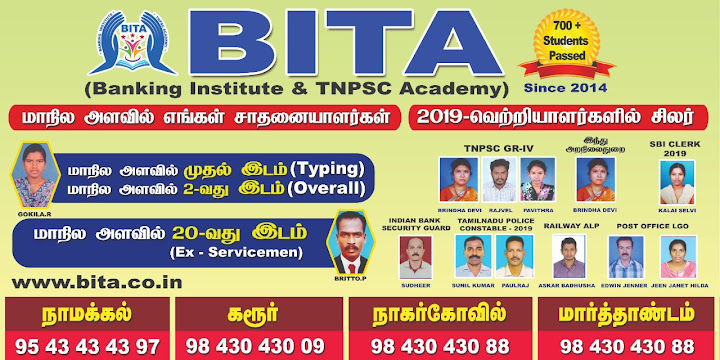Directions: ( 1-5): Two different finance companies declare fixed annual rate of interest on the amounts invested with them by investors. The rate of interest offered by these companies may differ from year to year depending on the variation in the economy of the country and the banks rate of interest. The annual rate of interest offered by the two Companies P and Q over the years is shown by the line graph provided below.
1. A sum of Rs. 4.75 lakhs was invested in Company Q in 1999 for one year. How much more interest would have been earned if the sum was invested in Company P?
A.Rs 19,000
B.Rs.14, 250
C.Rs.11, 750
D.Rs. 9,500
E. None of these
2. If two different amounts in the ratio 8:9 are invested in Companies P and Q respectively in 2002, then the amounts received after one year as interests from Companies P and Q are respectively in the ratio?
A.2:3
B. 3:4
C.6:7
D. 4:3
E. None of these
3. In 2000, a part of Rs. 30 lakhs was invested in Company P and the rest was invested in Company Q for one year. The total interest received was Rs. 2.43 lakhs. What was the amount invested in Company P?
A. Rs.9 lakh
B. Rs.11 lakh
C.Rs. 12 lakh
D.Rs.18 lakh
E. None of these
4. An investor invested a sum of Rs. 12 lakhs in Company P in 1998. The total amount received after one year was re-invested in the same Company for one more year. The total appreciation received by the investor on his investment was?
A. Rs. 2, 96,200
B. Rs. 2, 42,200
C. Rs. 2, 25,600
D. Rs. 2, 16,000
E. None of these
5. An investor invested Rs. 5 lakhs in Company Q in 1996. After one year, the entire amount along with the interest was transferred as investment to Company P in 1997 for one year. What amount will be received from Company P, by the investor?
A. Rs. 5, 94,550
B. Rs. 5, 80,425
C. Rs. 5, 77,800
D. Rs. 5, 77,500
E. None of these
Direction(6 – 10): The following line graph gives the annual percent profit earned by a Company during the period 1995 - 2000.
Percent Profit Earned by a Company over the Years.
%Profit = [(Income – Expenditure)/ (Expenditure)] x 100
6. If the expenditures in 1996 and 1999 are equal, then the approximate ratio of the income in 1996 and 1999 respectively is?
A.1:1
B. 2:3
C.13:14
D. 9:10
E. None of these
7. If the income in 1998 was Rs. 264 crores, what was the expenditure in 1998?
A. Rs. 104 crores
B. Rs. 145 crores
C. Rs. 160 crores
D. Rs. 185 crores
E. None of these
8. In which year is the expenditure minimum?
A. 2000
B. 1997
C. 1996
D. Cannot be determined
E. None of these
9. If the profit in 1999 was Rs. 4 crores, what was the profit in 2000?
A. Rs. 4.2 crores
B. Rs. 6.2 crores
C. Rs. 6.8 crores
D. Cannot be determined
E. None of these
10. What is the average profit earned for the given years?
A. 50 2/3
B. 55 5/6
C. 60 1/6
D. 33 5/3
E. None of these
ANSWERS With Solutions:
1. Answer: (D)
DIFFERENCE = Rs. [(10% of 4.75) - (8% of 4.75)]
= Rs. (2% of 4.75) lakhs
= Rs. 0.095 lakhs
= Rs. 9500.
2. Answer: (D)
Let the amounts invested in 2002 in Companies P and Q be Rs. 8x and Rs. 9xrespectively.
Then, interest received after one year from Company P = Rs. (6% of 8x)
= Rs. (48x/100)
and interest received after one year from Company Q = Rs. (4% of 9x)
= Rs. (36x/100)
Required ratio = 4/3
3. Answer: (D)
4. Answer: (C)
Amount received from Company P after one year (i.e., in 199) on investing Rs. 12 lakhs in it
= Rs. [12 + (8% of 12)] lakhs
= Rs. 12.96 lakhs.
Appreciation received on investment during the period of two years
= Rs. (14.256 - 12) lakhs
= Rs. 2.256 lakhs = Rs. 2, 25,600
5. Answer: (B)
Amount received from Company Q after one year on investment of Rs. 5 lakhs in the year
1996
= Rs. [5 + (6.5% of 5)] lakhs
= Rs. 5.325 lakhs.
Amount received from Company P after one year on investment of Rs. 5.325 lakhs in the year 1997
= Rs. [5.325 + (9% of 5.325)] lakhs
= Rs. 5.80425 lakhs
= Rs. 5, 80, 425
6. Answer: (D)
Let the expenditure in 1996 = x.
Also, let the incomes in 1996 and 1999 be I1 and I2 respectively.
Then, for the year 1996, we have:
55 =( I1 – x)/(x)*100 è I1= 155x/100 --- (1)
70 = ( I2 – x )/(x) * 100 è I2 = 170x/100 ----- (2)
From (i) and (ii), we get:
I1 /II2 = 155/170 @ 0.91/1 @ 9/10
7. Answer: (C)
Let the expenditure is 1998 be Rs. x crores.
Then, [65 =( 264 –x)/ x] * 100
x = 160
Expenditure in 1998 = Rs. 160 crores
8. Answer: (D)
The line-graph gives the comparison of percent profit for different years.
But the comparison of the expenditures is not possible without more data.
Therefore, the year with minimum expenditure cannot be determined.
9. Answer: (D)
From the line-graph we obtain information about the percentage profit only. To find the profit in 2000 we must have the data for the income or expenditure in 2000.
Therefore the profit for 2000 cannot be determined.
10. Answer: (B)
Average percent profit earned for the given years
= (1/6) x [40 + 55 + 45 + 65 + 70 + 60] = 55 5/6


No comments:
Post a Comment